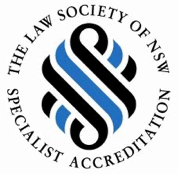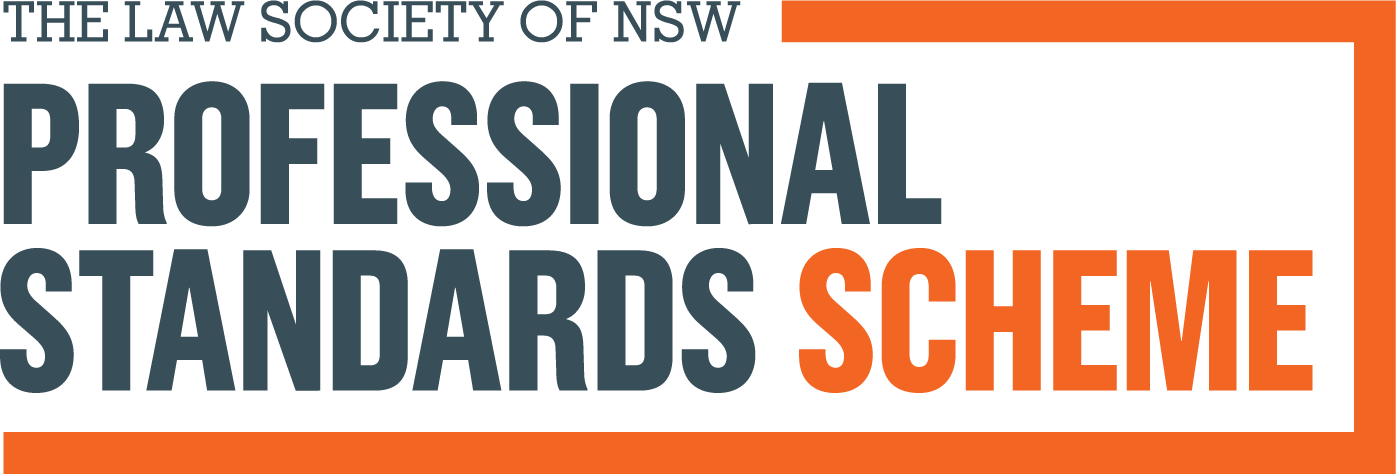There have now been several decisions made by the DRS concerning what constitutes a minor injury and here are some examples: –
Example 1
The claimant was a front-seat passenger in a vehicle at the traffic lights, which was rear-ended by another car. The claimant reported a brief loss of consciousness, was taken to hospital by ambulance. The claimant subsequently consulted a general practitioner and had pain in the right side of the neck, low back, right leg, and right knee. The claimant underwent 18 sessions of physiotherapy and continued to consult his general practitioner.
On examination, the claimant had a reduced range of motion in the neck but no muscle spasm or guarding, a reduced range of motion in the lumbar spine, but with no muscle spasm or guarding and no neurological symptoms.
The claimant was diagnosed as suffering soft tissue injury to the cervical spine, right shoulder, low back, left chest, and right knee. There was no radiculopathy present. The claimant had a minor injury as it satisfied the definition of minor injury in that all injuries sustained were soft tissue, and there were no neurological signs such as radiculopathy present.
The claimant was, therefore, only entitled to weekly payments and medical expenses for a period of 6 months.
Example 2
The claimant was again involved in a rear-end motor vehicle accident reporting immediate neck pain with radiation of pain across both shoulders and into the upper back. The DRS assessor found that the claimant had sustained a whiplash injury to the cervical and upper thoracic spine with referred symptoms into the left and right shoulder region. There was no evidence of radiculopathy or any neurological condition. There was no injury involving any torn ligaments, tendons, or nerves.
This was considered a minor injury as it was soft tissue only.
From a physical perspective to have more than a minor injury, there needs to an injury involving torn ligaments, tendons, or nerve damage such as radiculopathy. Scarring and other bodily disfigurements, any eye injury, hearing loss, organ damage, or fracture/broken bone will be enough to qualify as more than a minor injury.
However, any spine injury that does not produce radiculopathy that is, nerve damage, does not and will be considered a minor injury. Such spinal injuries are considered “soft tissue.”
The definition is harsh, and people with serious injuries will often not qualify for benefits after 26 weeks or Common Law claims as they will are classified as having a minor injury.
Example 3
The following example of psychological injuries is helpful;
A claim involved a claimant who was driving with his family. As the claimant slowed down and indicated to turn left, a vehicle collided with the rear of their car. The claimant lost control of the vehicle and spun around to face another vehicle, which collided with the claimant’s car. The claimant was concerned with the welfare of his family members and was subsequently transported to a hospital with soft tissue injury.
The claimant subsequently consulted his general practitioner with complaints of a stiff neck, pain, headaches, and insomnia. The claimant was referred to a physiotherapist and treated with analgesic medication. The physical injuries were considered minor injuries as they were soft tissue in nature.
The claimant, however, also had a psychological condition as he was suffering from intrusive and recurrent memories of the accident, flashbacks, disturbed sleep, irritability, persistent thoughts of self-blame and guilt, fluctuating appetitive, reduced energy and lack of motivation and unable to drive due to increased anxiety.
The initial diagnoses were one of an adjustment disorder with mixed anxiety and depressed mood — subsequently, a determination of post-traumatic stress disorder was made.
An acute stress disorder or an adjustment disorder is considered to be a minor psychological or psychiatric injury.
Post-traumatic stress disorder is not considered to be a minor injury. While the claimant’s condition had begun initially as an acute stress reaction, it had developed into post-traumatic stress disorder and therefore was not considered to be a minor injury.
The insurer’s decision as to whether the injury is a minor injury can be challenged through the Dispute Resolution Service.
You will need the assistance of an Accredited Specialist in Personal Injury Law to assist in making this application to DRS as it may require obtaining medical evidence from your treating doctors to assist in determining whether the injury is a minor or non-minor injury.












